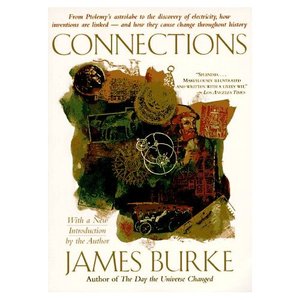(p. D3) An operation commonly performed to remove brain tumors from the pituitary glands of humans is now available to dogs, thanks to a collaboration between a neurosurgeon and some veterinarians in Los Angeles. And that is turning out to be good for humans.
So far, nine dogs and one cat that otherwise would have died have been treated successfully.
. . .
What Dr. Mamelak has gained from teaching the procedure to veterinarians is access to tissue samples from the treated dogs. That’s significant because Cushing’s afflicts only one in a million humans, making it a difficult disease to study. By contrast, it afflicts about 100,000 dogs a year in the United States. The canine tissue samples are enabling him and his colleagues to develop drugs to one day treat Cushing’s disease in both humans and dogs.
“We have a full loop,” he said. “We’re using a human procedure in animals, and using their tissue to study the disease.”
For the full story, see:
SINDYA N. BHANOO. “Observatory; They Fetch, They Roll Over, They Aid Tumor Research.” The New York Times, Science Times Section (Tues., October 26, 2010): D3.
(Note: ellipsIs added.)
(Note: the online version of the article is dated October 22 (sic), 2010.)




